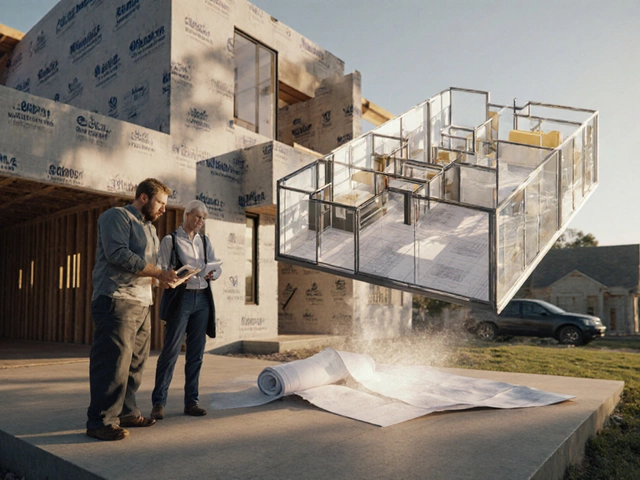Roof Installation: Expert Tips, Materials, and Best Practices
When working with Roof Installation, the process of fitting new roofing systems or replacing existing ones on residential and commercial structures. Also known as roof fitting, it requires careful planning, proper material selection, and skilled labor, the outcome directly affects a building’s protection and energy efficiency. Roofing Materials, such as slate, metal, asphalt shingles, and clay tiles, determine durability, cost, and aesthetic appeal play a crucial role, while Roof Types, including pitched, flat, and green roofs, dictate installation methods and structural requirements. Proper Waterproofing, the sealing of joints, flashings, and membrane layers, ensures the roof stays watertight for years and is a non‑negotiable step in any successful project. Finally, hiring qualified Roofing Contractors, professionals with certifications and insurance, guarantees that installation meets safety codes and industry standards.
Key Elements of a Successful Roof Installation
First, assess the existing structure. A solid deck, proper slope, and clear load‑bearing capacity are the backbone of any roof. Skipping this check often leads to premature failure, especially on flat roofs that need extra support. Second, choose the right material. Metal roofs offer longevity and reflect heat, reducing cooling bills, while asphalt shingles provide affordability and easy repairs. Third, apply waterproofing correctly. A single missed flashing around a vent or chimney can cause leaks that damage interiors and compromise insulation.
Next, follow a logical installation sequence. Start with the felt or underlayment, then install the primary material, and finish with trim and flashings. This order minimizes exposure to weather and ensures each layer bonds securely. Finally, schedule a thorough inspection after the job is done. A certified inspector can spot hidden gaps, verify proper ventilation, and confirm that all local building codes are met.
Understanding how these components interact helps you avoid common pitfalls. For example, the choice of roof installation method influences ventilation needs; inadequate ventilation can trap moisture, leading to mold and reduced roof lifespan. Similarly, the selected material affects maintenance frequency—metal roofs need less frequent checks than wood shakes.
Now that you’ve got the fundamentals, the collection below dives deeper into each topic. You’ll find step‑by‑step guides, material comparisons, and contractor selection tips that turn a daunting roof project into a manageable, confidence‑building experience.
Is $30,000 Too Much For a Roof? Breaking Down Modern Roof Replacement Costs
Wondering if a $30,000 roof is too expensive? We unpack the real costs, factors, and savings behind major roof projects in today’s market.
full articleExploring Roofing Services: Understanding the Essentials
Roofing services encompass a variety of activities related to the installation, repair, and maintenance of roofing systems. These services ensure the structural integrity and longevity of a building's roof, which is essential for protection against weather elements. Professional roofing contractors offer skilled craftsmanship and industry expertise to address any roofing needs. Understanding the different aspects of roofing services can help homeowners make informed decisions for their property's upkeep.
full article





